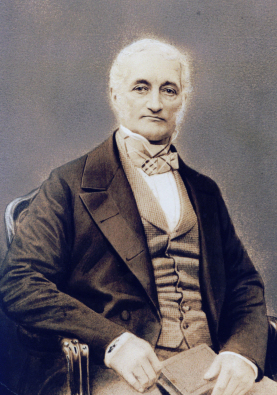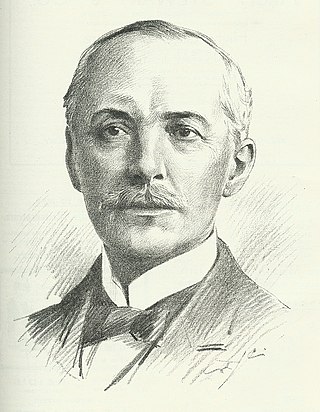
Sir Rupert Charles Hart-Davis was an English publisher and editor. He founded the publishing company Rupert Hart-Davis Ltd. As a biographer, he is remembered for his Hugh Walpole (1952), as an editor, for his Collected Letters of Oscar Wilde (1962), and, as both editor and part-author, for the Lyttelton/Hart-Davis Letters.
The year 1900 in architecture involved some significant events.

Sir Robert Rowand Anderson, was a Scottish Victorian architect. Anderson trained in the office of George Gilbert Scott in London before setting up his own practice in Edinburgh in 1860. During the 1860s his main work was small churches in the 'First Pointed' style that is characteristic of Scott's former assistants. By 1880 his practice was designing some of the most prestigious public and private buildings in Scotland.

Gillespie, Kidd & Coia was a Scottish architectural firm famous for their application of modernism in churches and universities, as well as at St Peter's Seminary in Cardross. Though founded in 1927, they are best known for their work in the post-war period. The firm was wound up in 1987.
Sir Robert Hogg Matthew, OBE FRIBA FRSE was a Scottish architect and a leading proponent of modernism.

Charles Paget Wade was an English architect, artist-craftsman and poet of Afro-Caribbean descent; today he is perhaps best remembered for the eclectic collection he amassed during his life, a collection which can be seen at Snowshill Manor, his former home in the village of Snowshill, Gloucestershire, which he gave to the National Trust in 1951.

William Burn was a Scottish architect. He received major commissions from the age of 20 until his death at 81. He built in many styles and was a pioneer of the Scottish Baronial Revival,often referred to as the golden age of Scottish architecture.

Thomas Smith Tait was a Scottish modernist architect. He designed a number of buildings around the world in Art Deco and Streamline Moderne styles, notably St. Andrew's House on Calton Hill, Edinburgh, and the pylons for Sydney Harbour Bridge.

Sir John James Burnet was a Scottish Edwardian architect who was noted for a number of prominent buildings in Glasgow and London. He was the son of the architect John Burnet, and later went into partnership with his father, joining an architectural firm which would become an influential force in British Modern architecture in the 20th century.

Empire Exhibition, Scotland 1938 was an international exhibition held at Bellahouston Park in Glasgow, from May to December 1938.
Zachary Taylor Davis was the architect of several major Chicago buildings, including St. Ambrose (1904) Comiskey Park (1910), Wrigley Field (1914), Mount Carmel High School (1924), and St. James Chapel of Archbishop Quigley Preparatory Seminary (1918).
Marcus R. Burrowes (1874–1953) was a notable Detroit architect. He served one year in the position of president of the Michigan Society of Architects and was a fellow of the American Institute of Architects (AIA). He was widely known in southeast Michigan, especially during the second and third decades of the twentieth century, for his recreation of English Revival style buildings.

Peter Paul Pugin was an English architect. He was the son of Augustus Pugin by his third wife, Jane Knill, and the half-brother of architect and designer Edward Welby Pugin.

John Macvicar Anderson was a Scottish architect.
Sir Thomas Edwin CooperRA FRIBA was an English architect. His work has been described as "essentially Classical, and sometimes powerfully Baroque."

The Inch is a district of Edinburgh, Scotland, located to the south of Inch Park in the south of the city. It is located 2 miles south south-east of central Edinburgh. It incorporates the Inch housing development, Inch Park and the category A listed Inch House, a former country house now used as a community centre. The associated Inch Doocot or dovecot, also a category A listed building, is situated close by, west of Gilmerton Road.
William Gordon Dey FRIBA (1911-1997) was a Scottish architect. He was a partner in the influential firm of Gordon & Dey which specialised in college buildings and had a long-running working relationship with Moray House School of Education.
Harold Stratton Davis MC FSA (1885–1969) was an architect in Gloucestershire who specialised in churches, vicarages and rectories. He won the Military Cross during the First World War while serving with the Royal Engineers.

Olive Kingsley Chadeayne was an American architect who worked primarily in California from 1927 to 1970.
The Henderson family is a Canadian family of Scottish ancestry from Clan Henderson in Scotland. The family patriarch William Henderson emigrated from Scotland to Canada in 1872.











